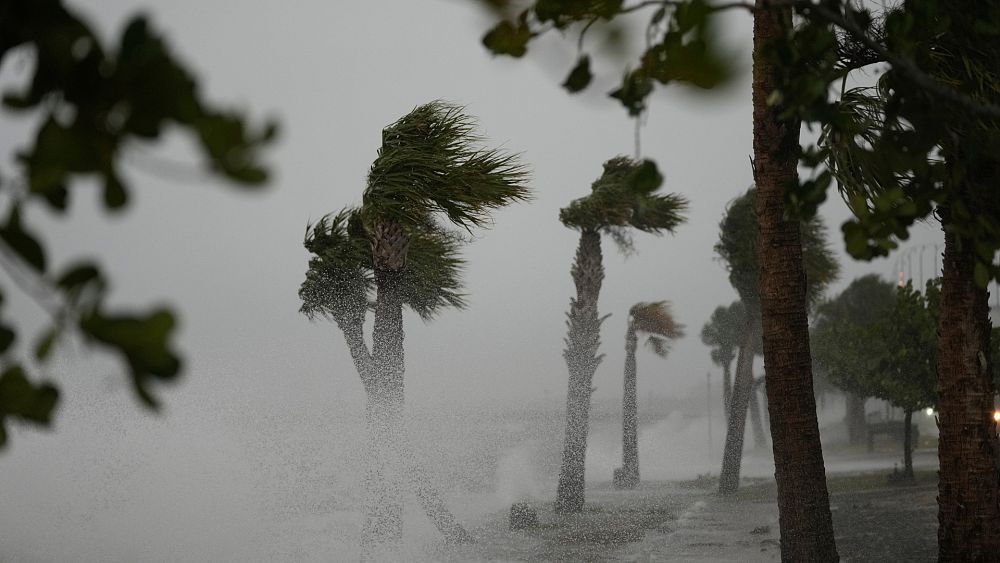
The prediction for this season is forecasters’ best estimate of how many storms could occur this year.
Every season for the last four decades, researchers at Colorado State University (CSU) issue a forecast based on statistical models which look at temperatures, pressure, wind and a host of other measurements.
They also factor in El Niño – a warming of the ocean surface or above-average sea temperatures in the Pacific Ocean.
One month into the current season, which runs from June to November, the experts predict there will be 18 named storms – four more than the average.
This includes nine hurricanes and four major hurricanes – those with wind speeds of 179 kilometres per hour or higher. It also takes into account a series of unnamed weather events earlier this year and Tropical storms Arlene, Bret and Cindy which already occurred in June.
The researchers estimate that the probability of a major hurricane making landfall in the United States is “above the long-term average”.
They clarify that while the forecast is their “best estimate” of the upcoming season, it isn’t an exact measure. CSU urges coastal residents to take proper precautions – as they do every year.
Will the onset of El Niño affect hurricane season this year?
In May, the National Oceanic and Atmospheric Administration (NOAA) predicted that there was only a 30 per cent chance of this hurricane season being above average. It said that it expected it to be around what it normally would be due to several competing factors, “some that suppress storm development and some that fuel it”.
Originally, CSU also said that it would be a relatively average year but has updated its forecast as sea surface temperatures in the main area where storms develop – the lower latitudes of the Atlantic Ocean – have been warmer than average.
On Tuesday (4 July), the World Meteorological Organization declared the start of El Niño conditions for the first time in seven years.
The chance of record-breaking temperatures and more extreme heat in many parts of the world and the ocean is “greatly increased”, according to WMO Secretary-General Petteri Taalas.
El Niño could cause a surge in global temperatures and disruptive weather in the second half of this year.
The team at CSU says this means there is more uncertainty in predicting what will happen. Waters in the Atlantic Ocean where storms usually form are much warmer than normal and the weather effect will be “robust” at the peak of the hurricane season.
But El Niño also increases something called vertical wind shear that can tear apart storms when they are forming.
The “extreme anomalous warmth” in the Atlantic, however, is likely to counteract some of this wind shear, the experts say and could overwhelm this effect.
Talaas warned that the declaration of El Niño should be a sign to governments around the world to “mobilise preparations to limit the impacts on our health, our ecosystems and our economies.”